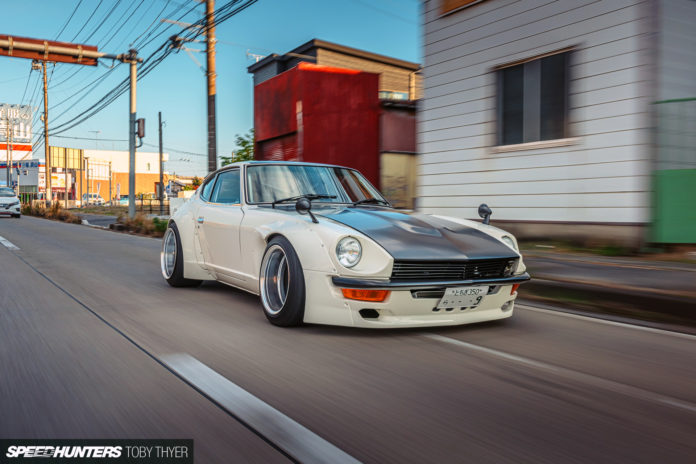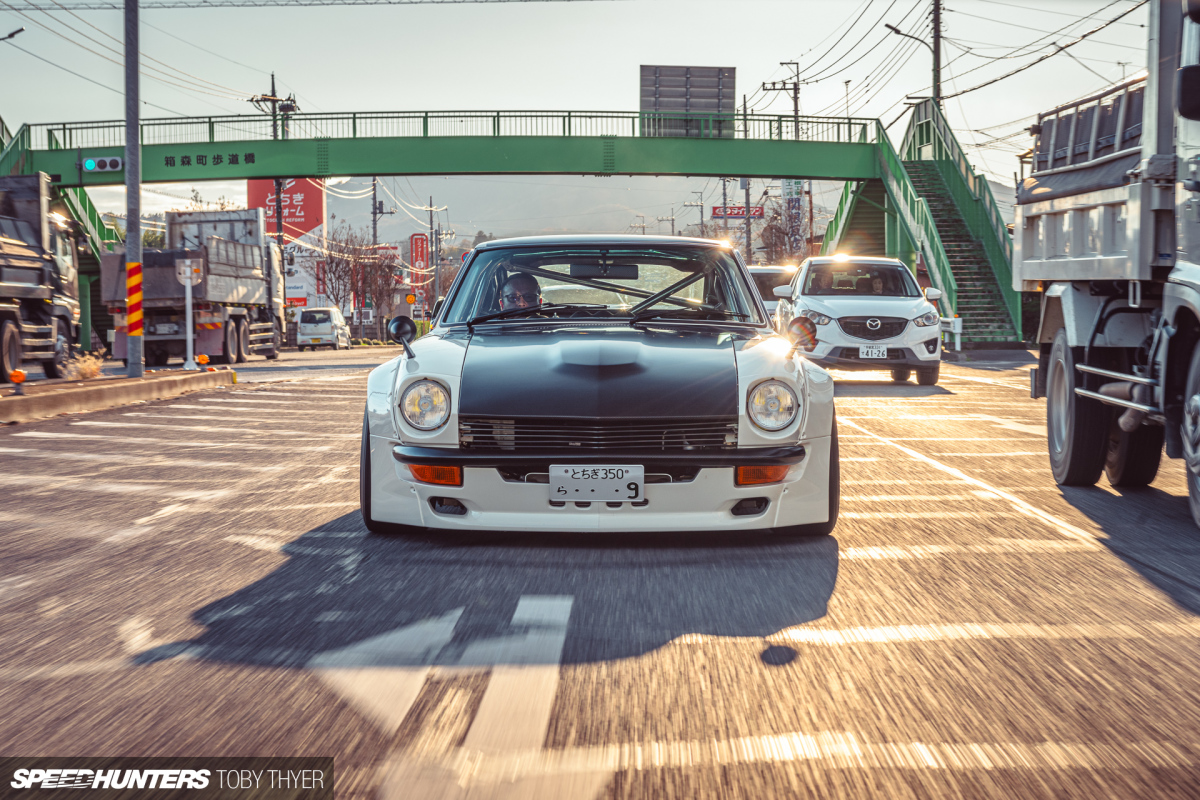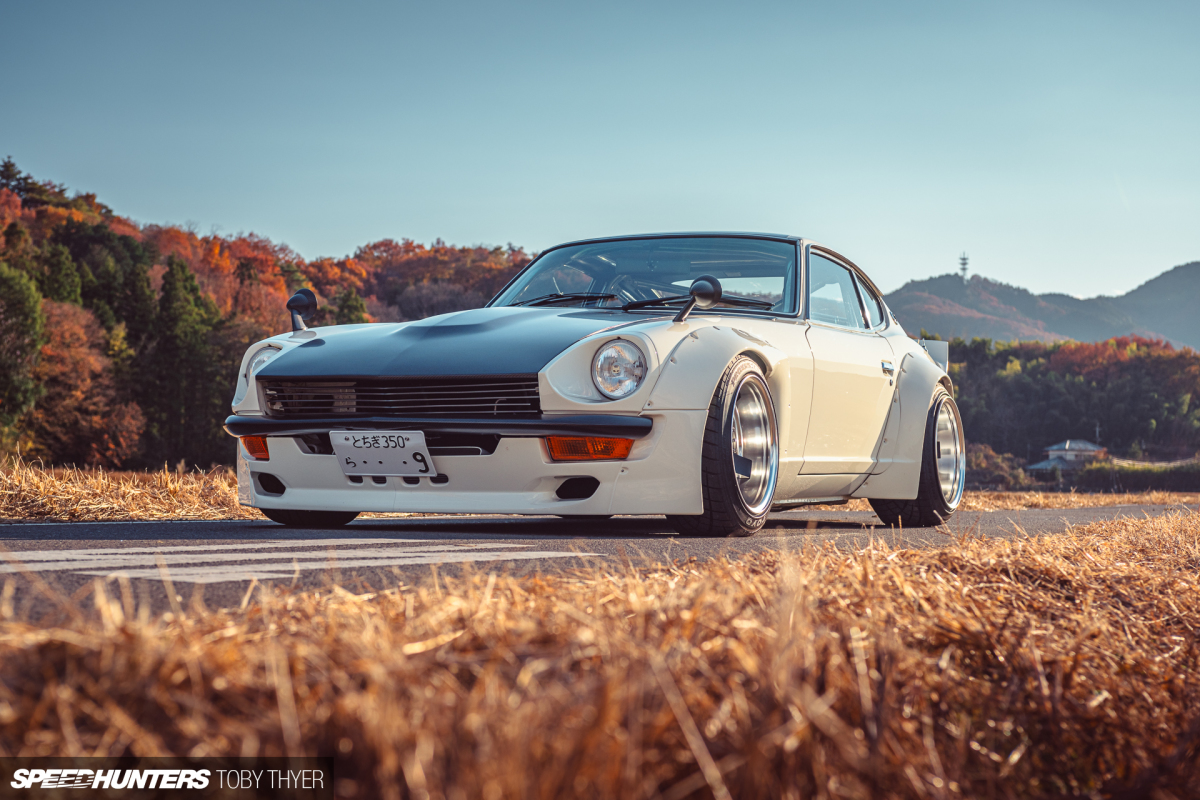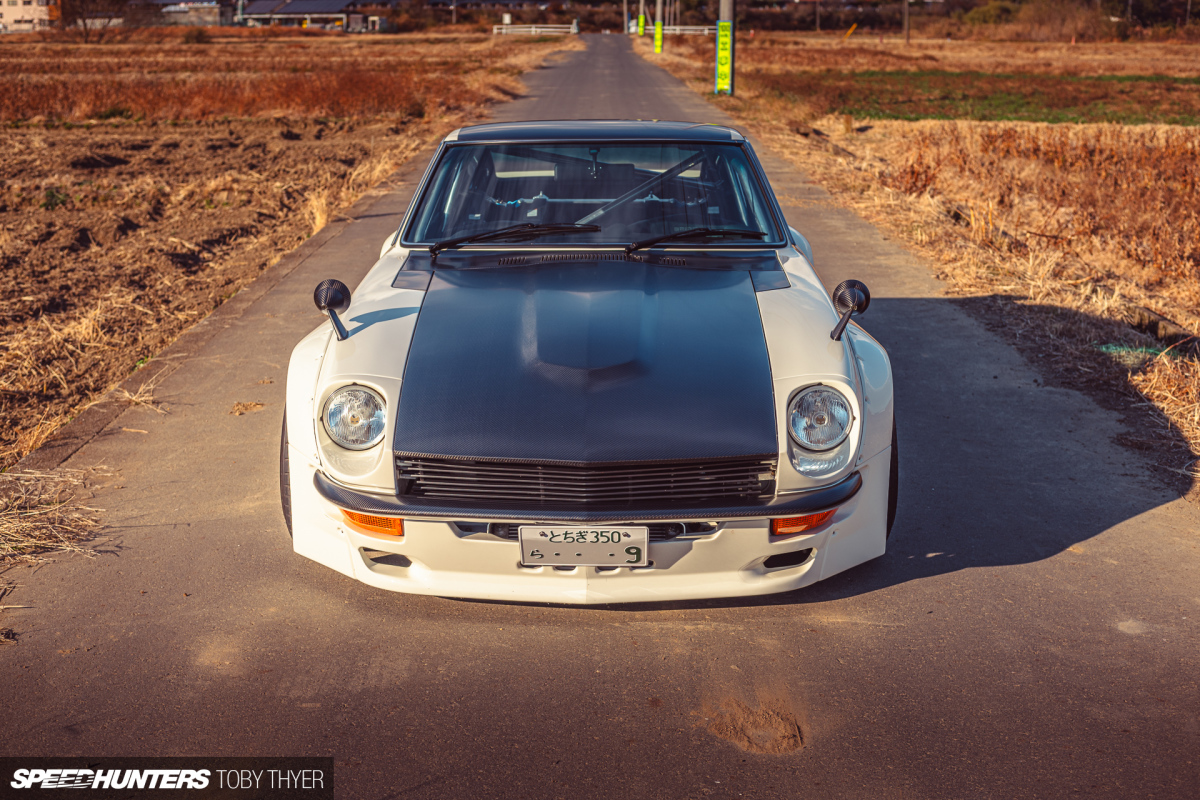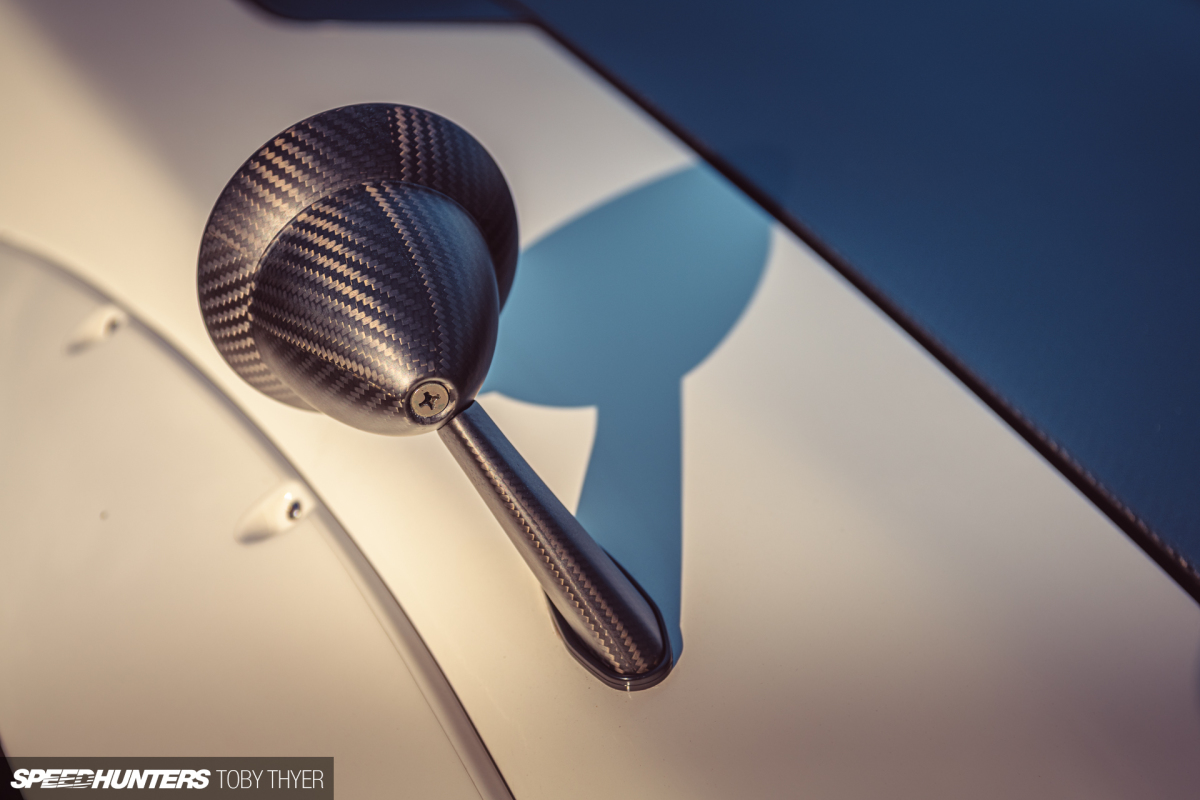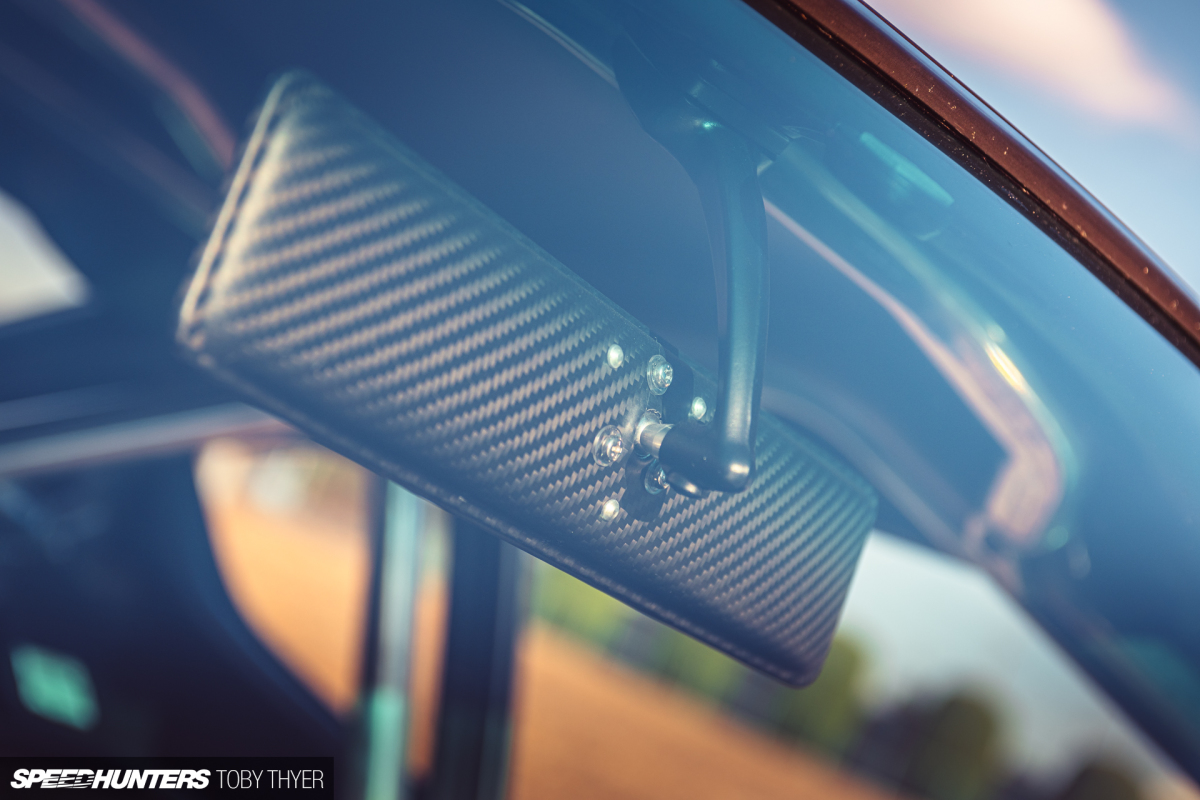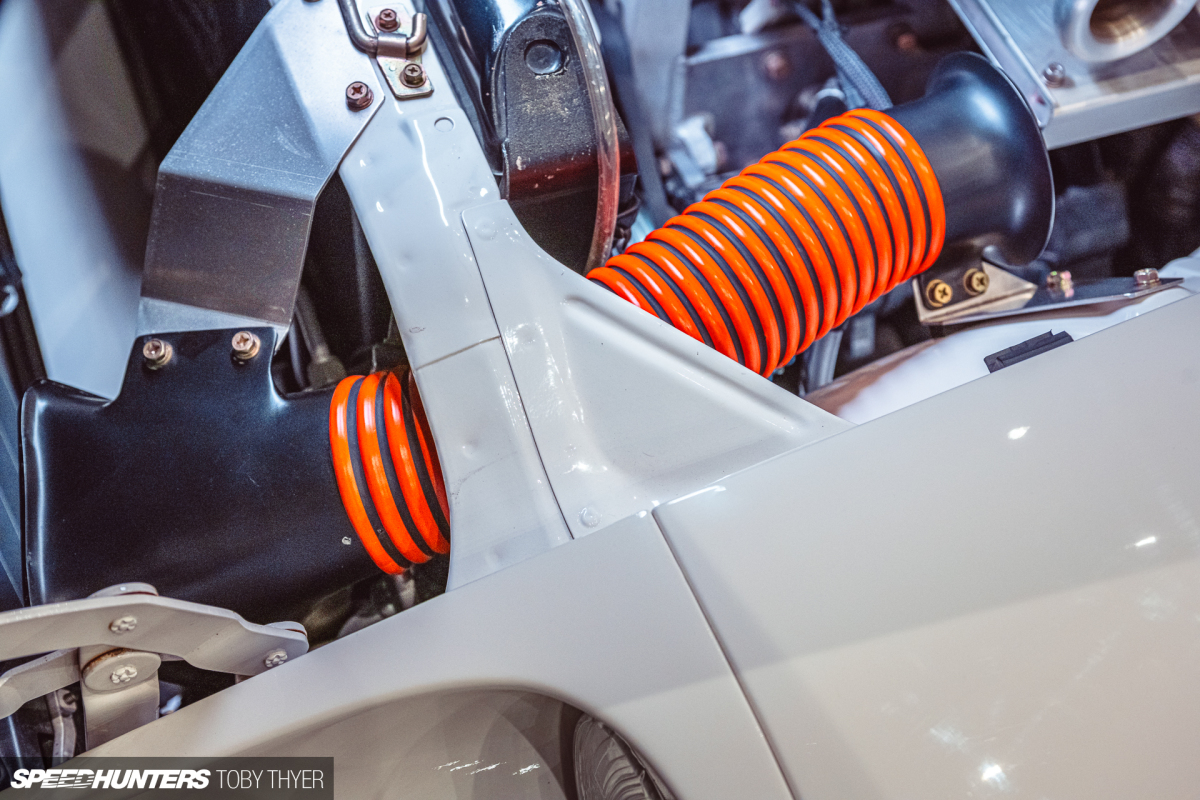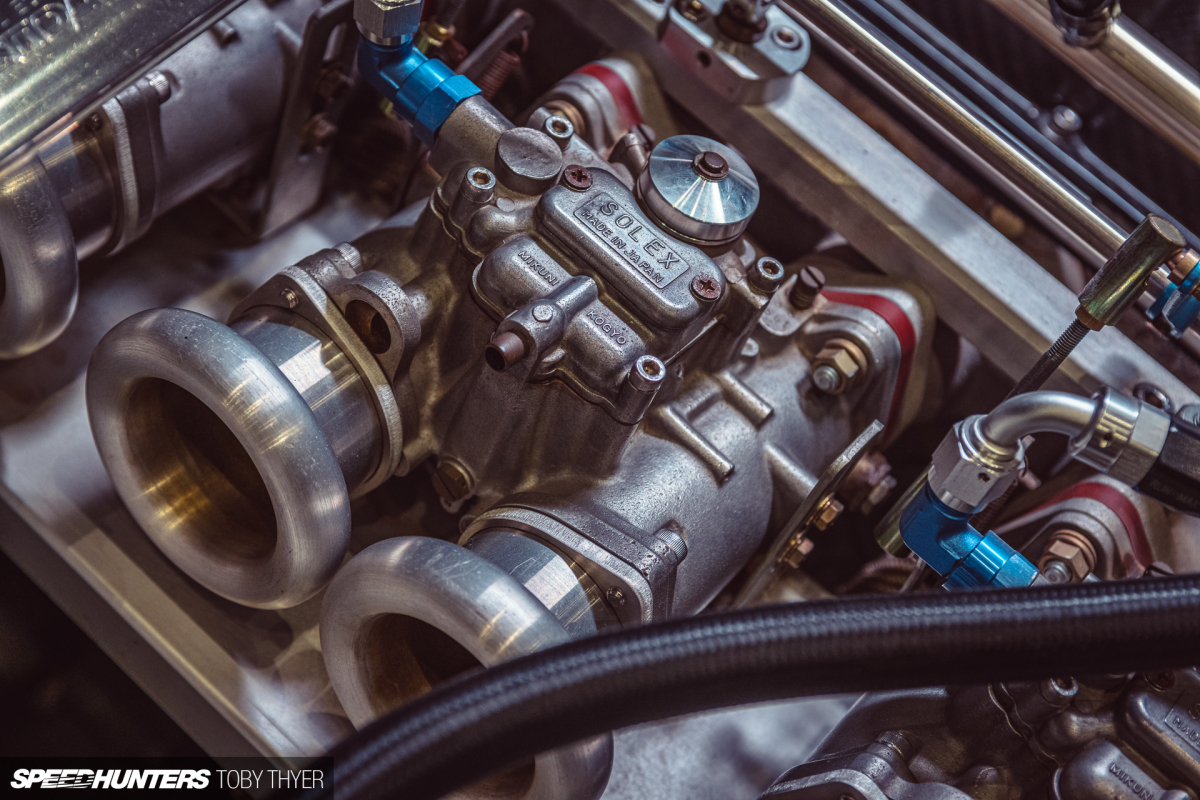Writers in the medieval era never wrote original stories. Their tales were always reinterpretations of existing fables, and they never denied the fact.
Today, authors, artists and designers would never get away with simply reinventing the wheel. Fresh ideas, originality and innovation are all encouraged in the 21st century. But even new ideas take inspiration from existing things, because the world around us shapes the way we think, including what new ideas we come up with.
When Malcom Sayer and Jaguar’s founder Sir William Lyons began dreaming up designs for the E-Type, the initial sketches were heavily influenced by fighter planes like the Supermarine Spitfire. If you cut off the Spitfire’s long tail, it’s easy to see how it inspired one of the most beautiful cars ever designed – a long nose with proportionately small cabin set far back, and not a straight line or angle in sight.
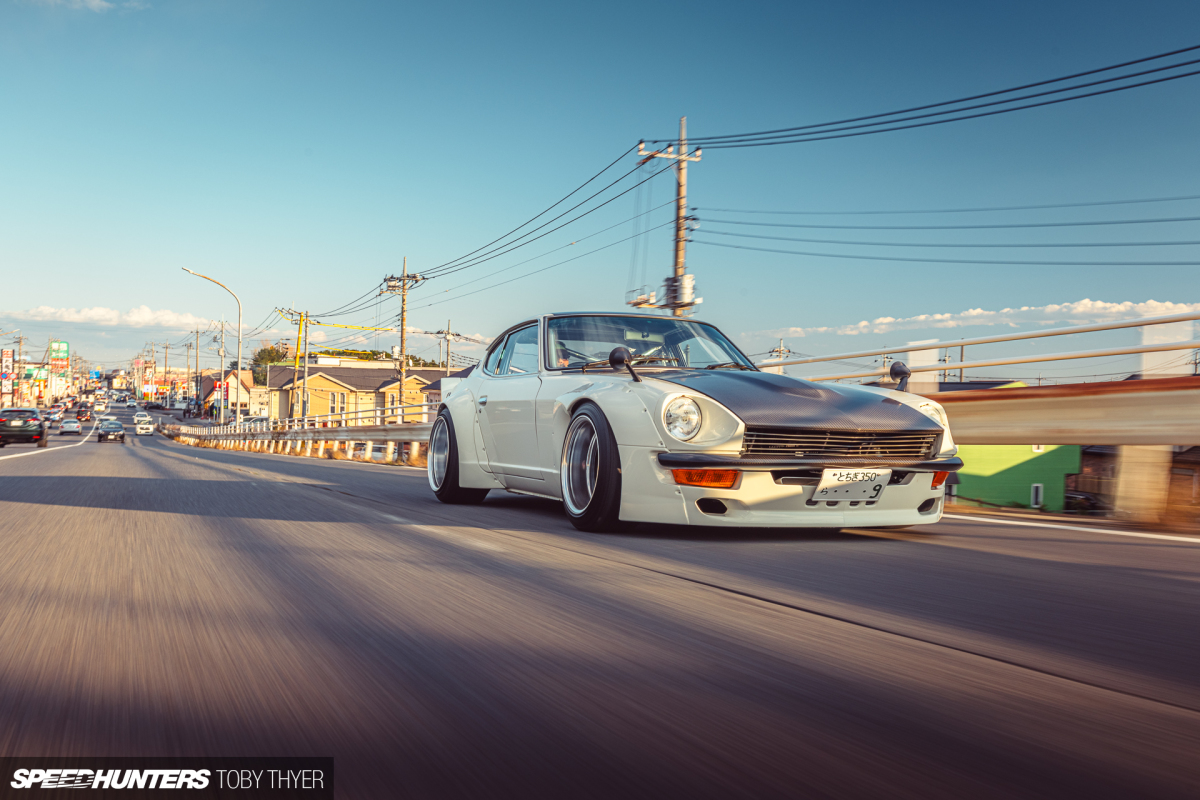
The Jaguar E-Type became an instant classic, with Enzo Ferrari himself reportedly calling it “the most beautiful car in the world”. It’s understandable then, that in the late 1960s, Nissan design lead Yoshihiko Matsuo – with his team of Akio Yoshida and Kumeo Tamura – took inspiration from the E-Type when designing the S30 Fairlady Z/240Z. Just like those medieval age writers, imitation is the highest form of flattery.
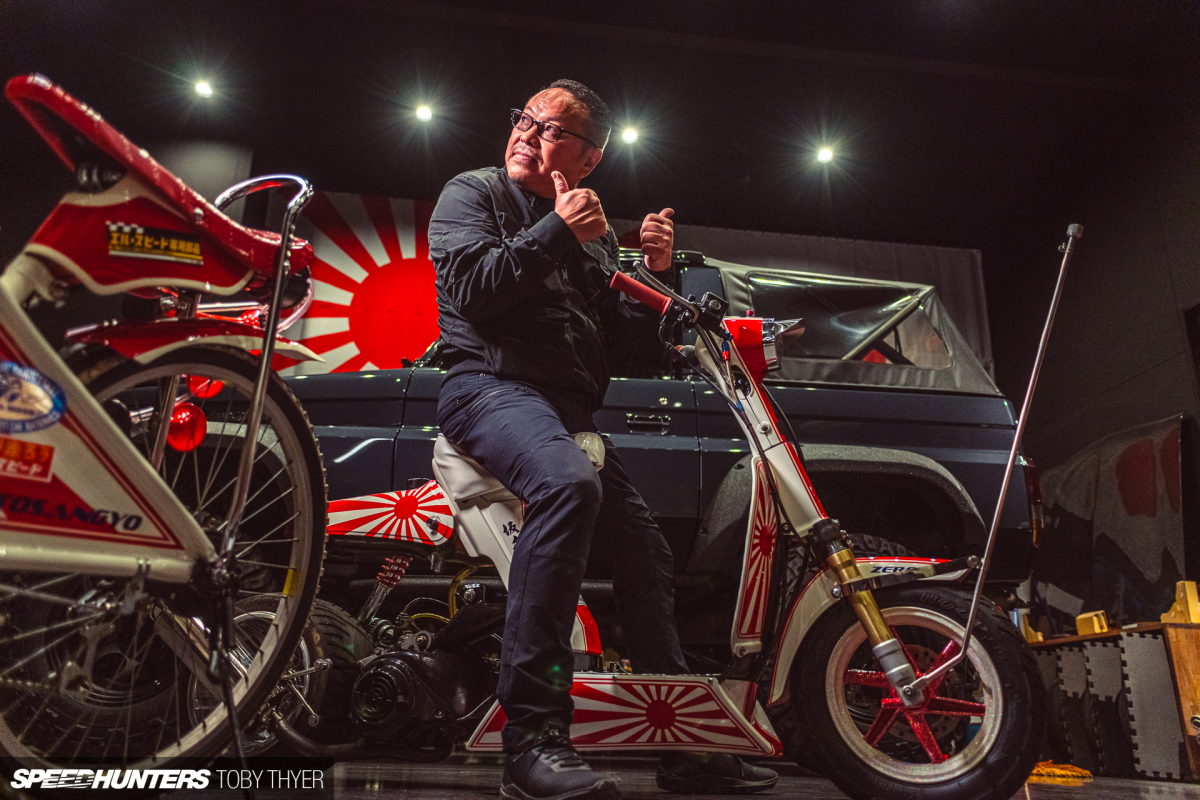
The owner of this particular S30, Sakamoto-san, has also taken inspiration from times gone by. The racing Zs of years past sported some amazing liveries and aero, with swollen fender flares becoming the most imitated modification for street cars.
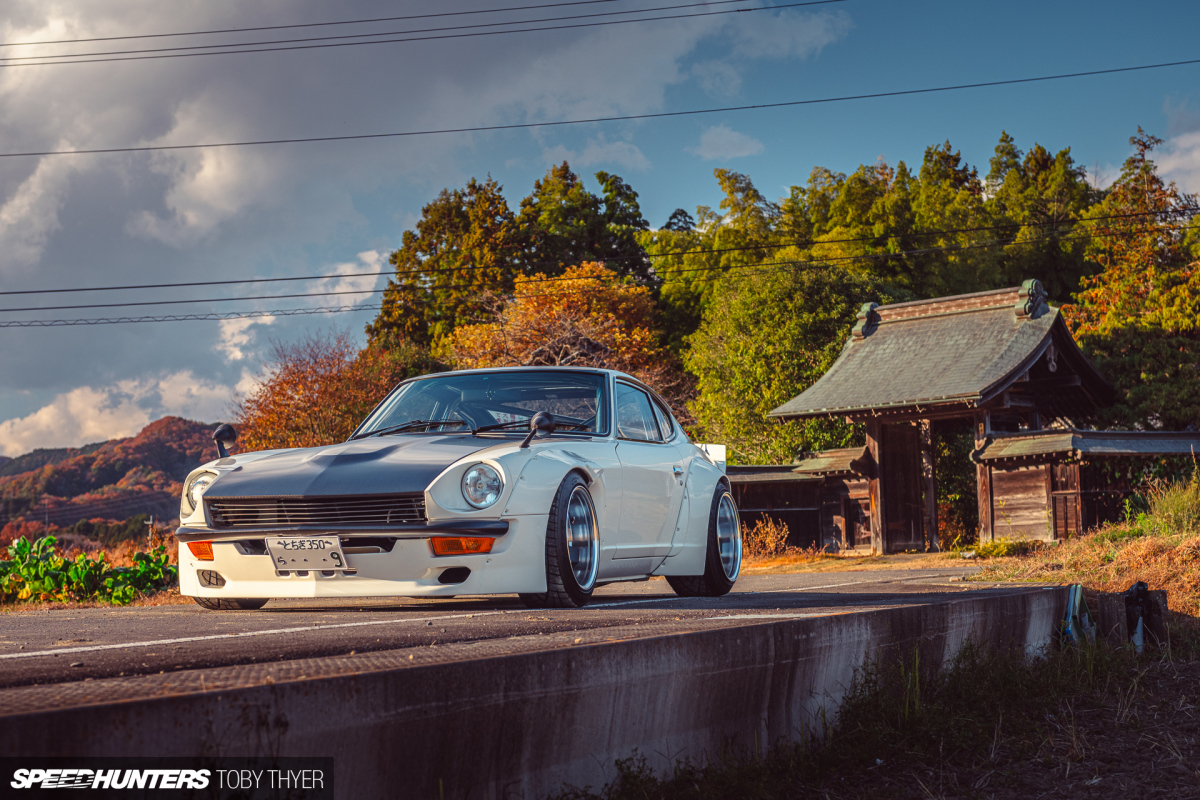
Cars like the Bob Sharp Racing 240Z and the No.72 Le Mans car were inspiration for generations, spawning countless silhouette racers worldwide. But in more recent times, achieving a race-look with your classic Z has been made much easier thanks to visionaries like Kei Miura. Sakamoto-san runs a combination of Miura’s Rocket Bunny Pandem kit (modified) and Zero-4 parts (his own tuning product line) on his S30, adding a lot more width to the Z and opening up room for some extra-wide wheels.
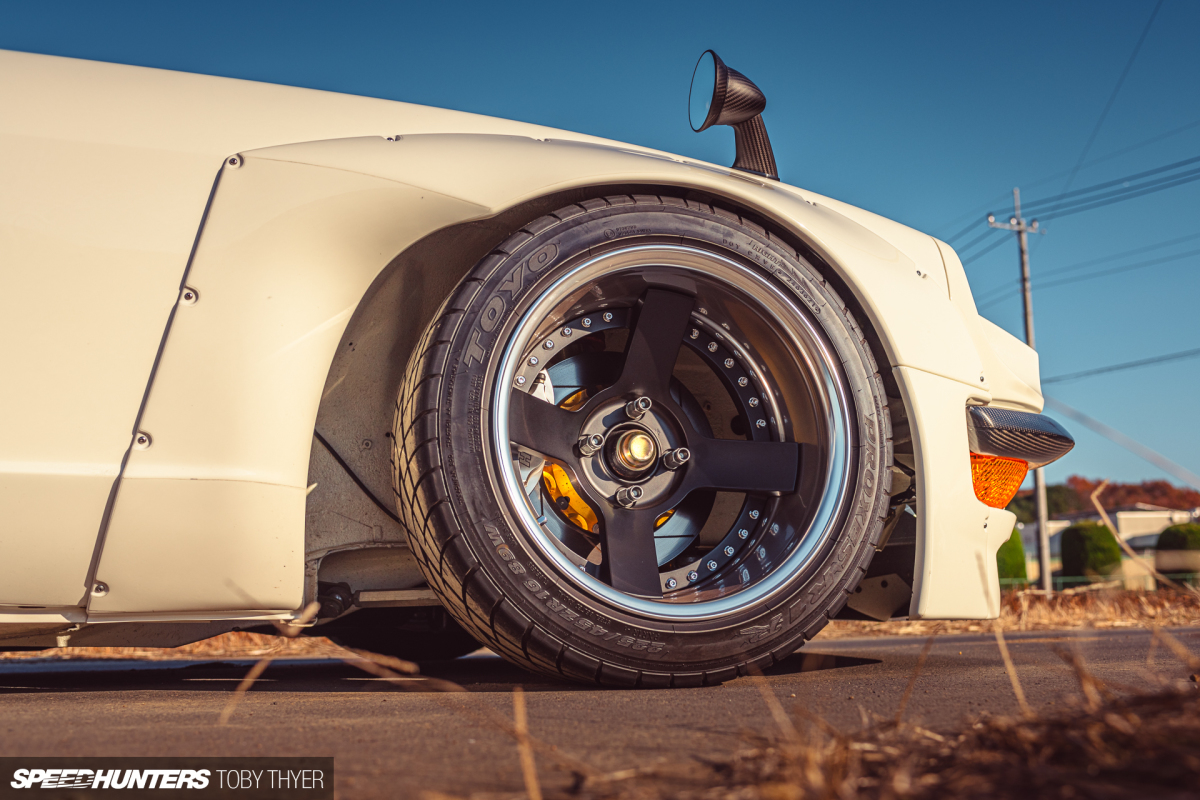
Those wheels are billet machined four-spokes also from Zero-4, which measure 16×9.5-inch up front and a meaty 17×12-inch at the rear. They’re all wrapped in Toyo Proxes R1R tyres, 225/45ZR16 and 245/45ZR17 front and rear respectively.
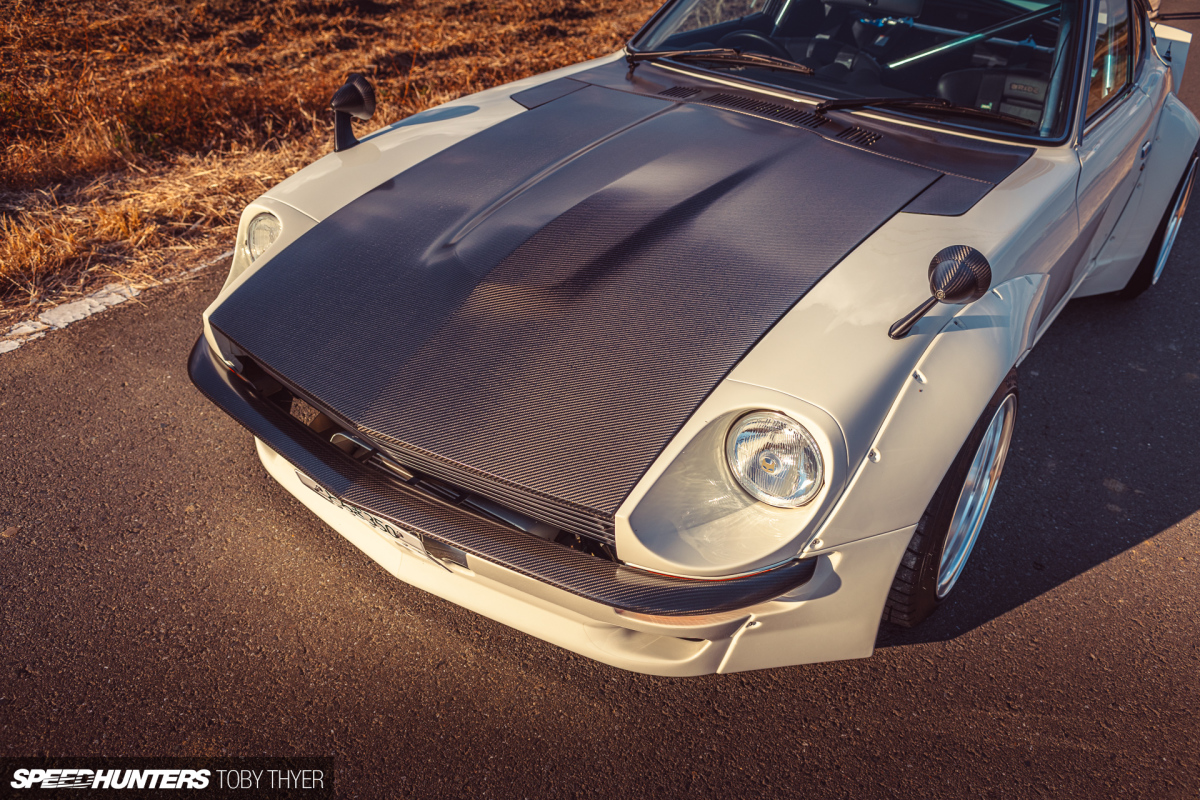
But the really cool bits on the car are made by Sakamoto-san himself. The dry carbon bonnet, bumper, hatch, roof and rear garnish all add lightness to the car, plus plenty of street cred.
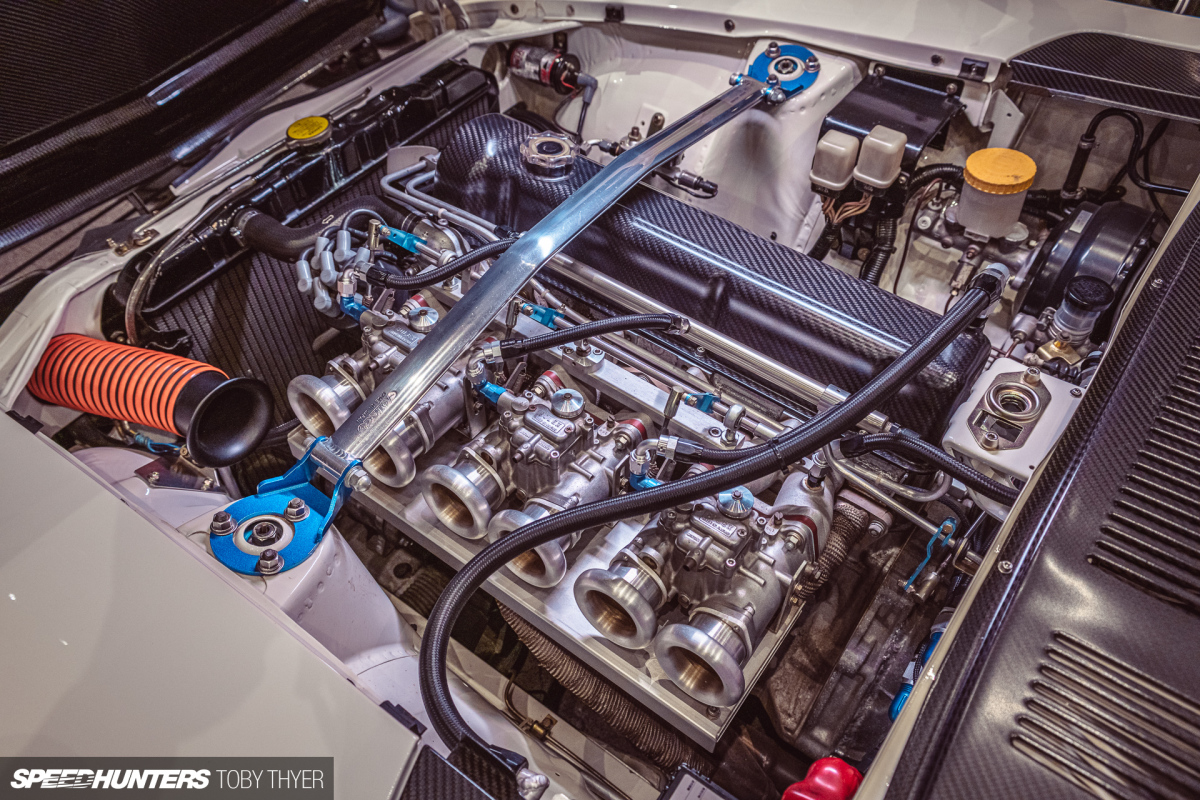
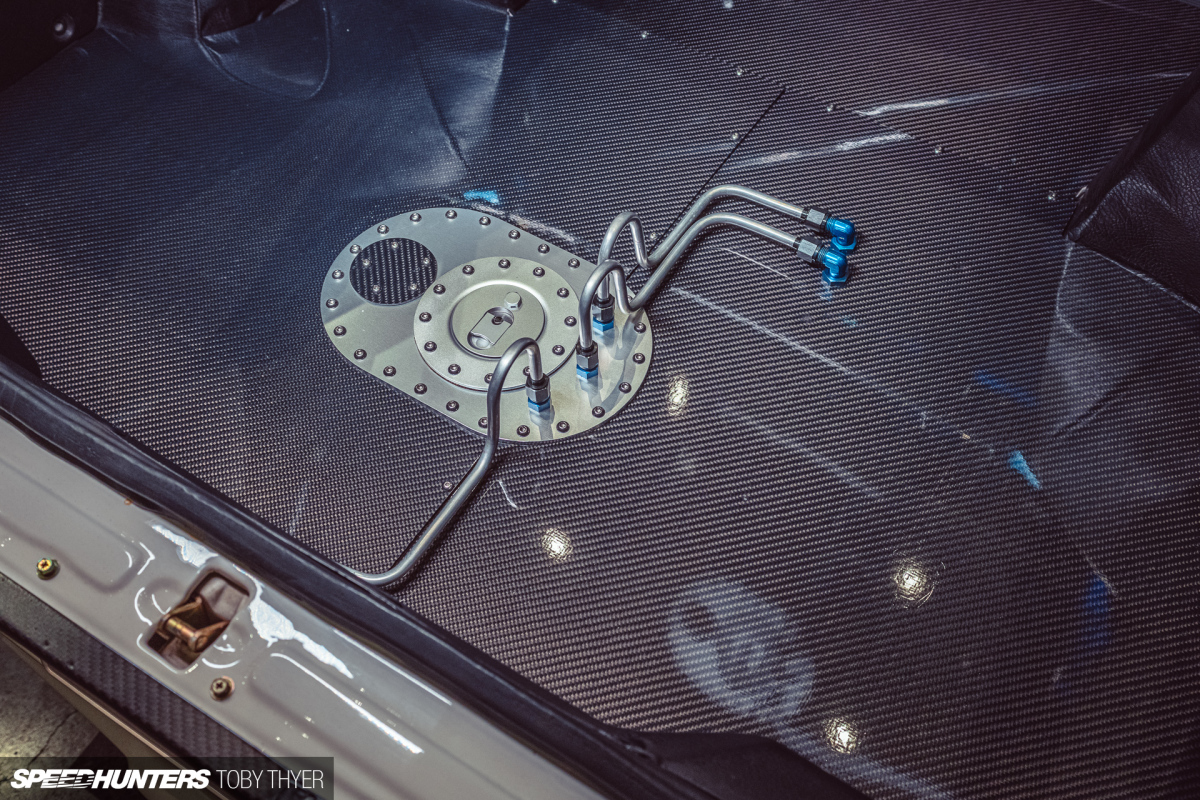
Under the long, sleek bonnet is an L28 now displacing 3.0L. This build features forged pistons and connecting rods, a modified crankshaft, and a fully processed cylinder head with big valves and a race-spec camshaft. With triple Solex 50mm side-draught carbs, a custom exhaust and serious fuel system it’s a sweet naturally-aspirated package.

The engine is mated to a Nismo Reinforced Cross 6-speed gearbox (based on the S15 transmission) via an OS Giken Super Single clutch, and spins the rear wheels through a Nissan R200 limited slip differential running a 4.1 final drive.
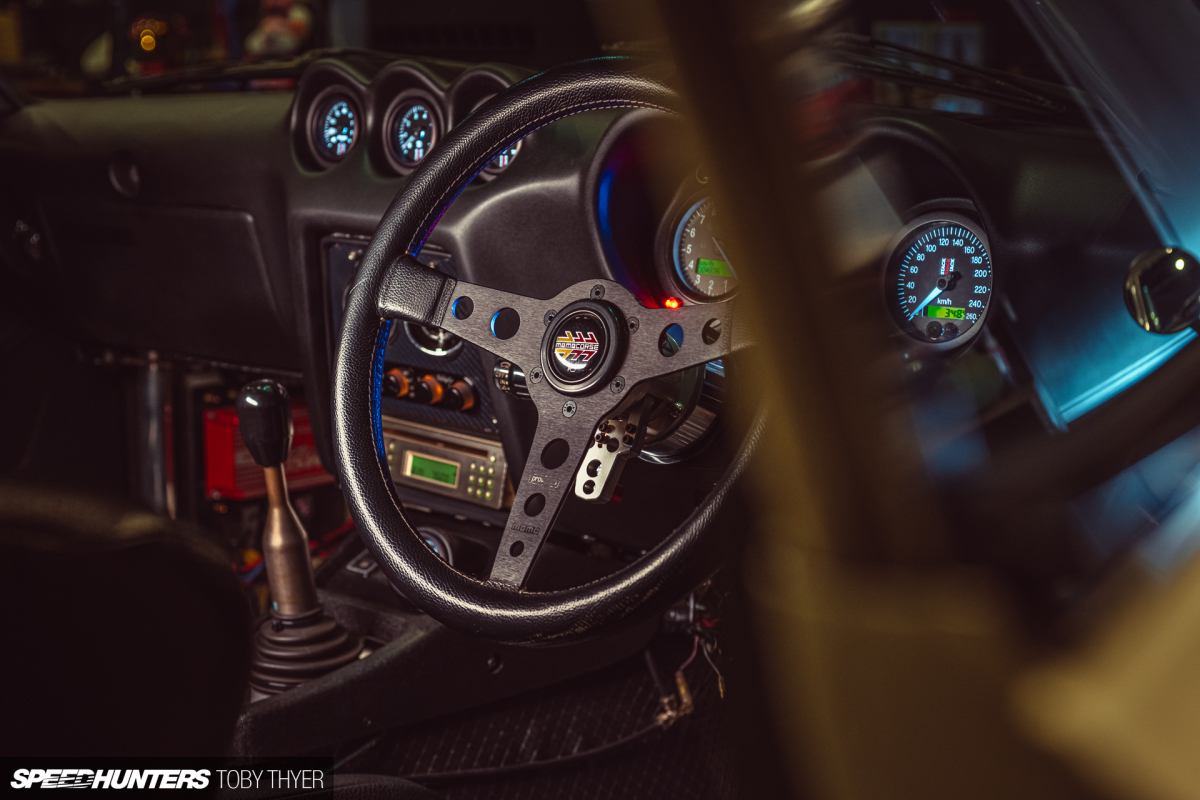
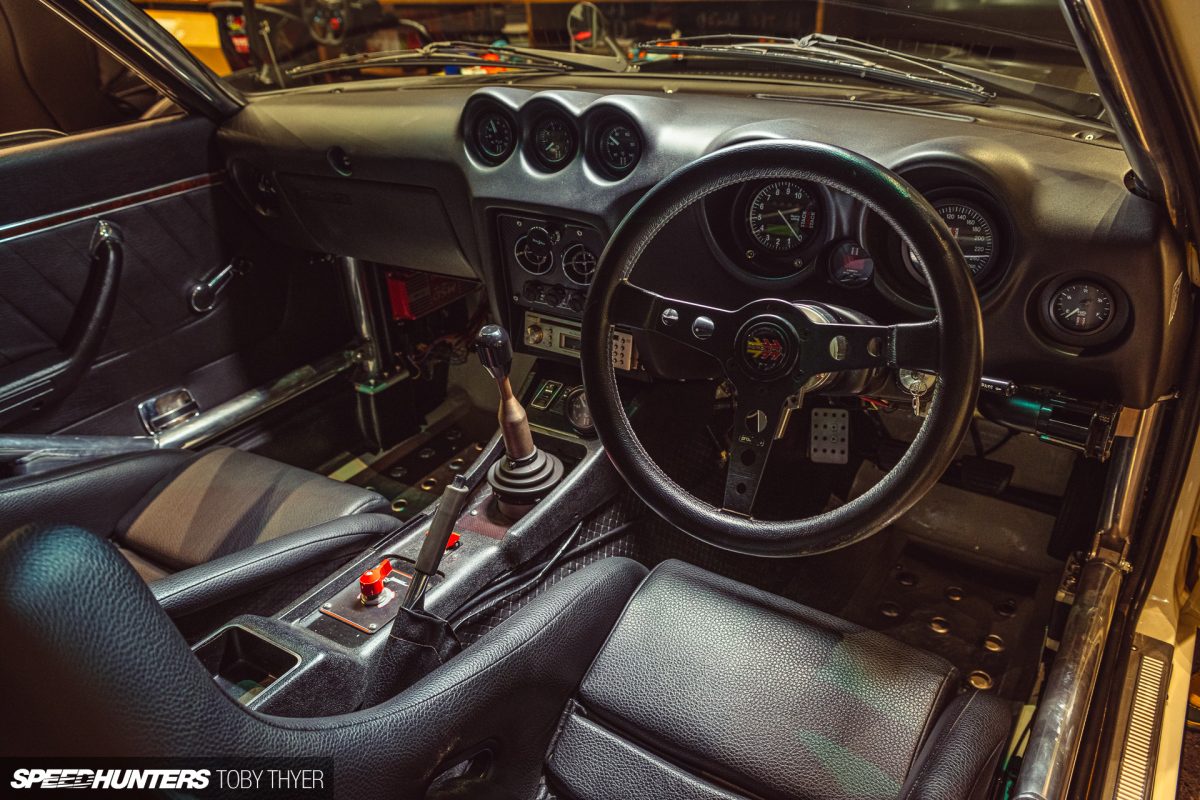
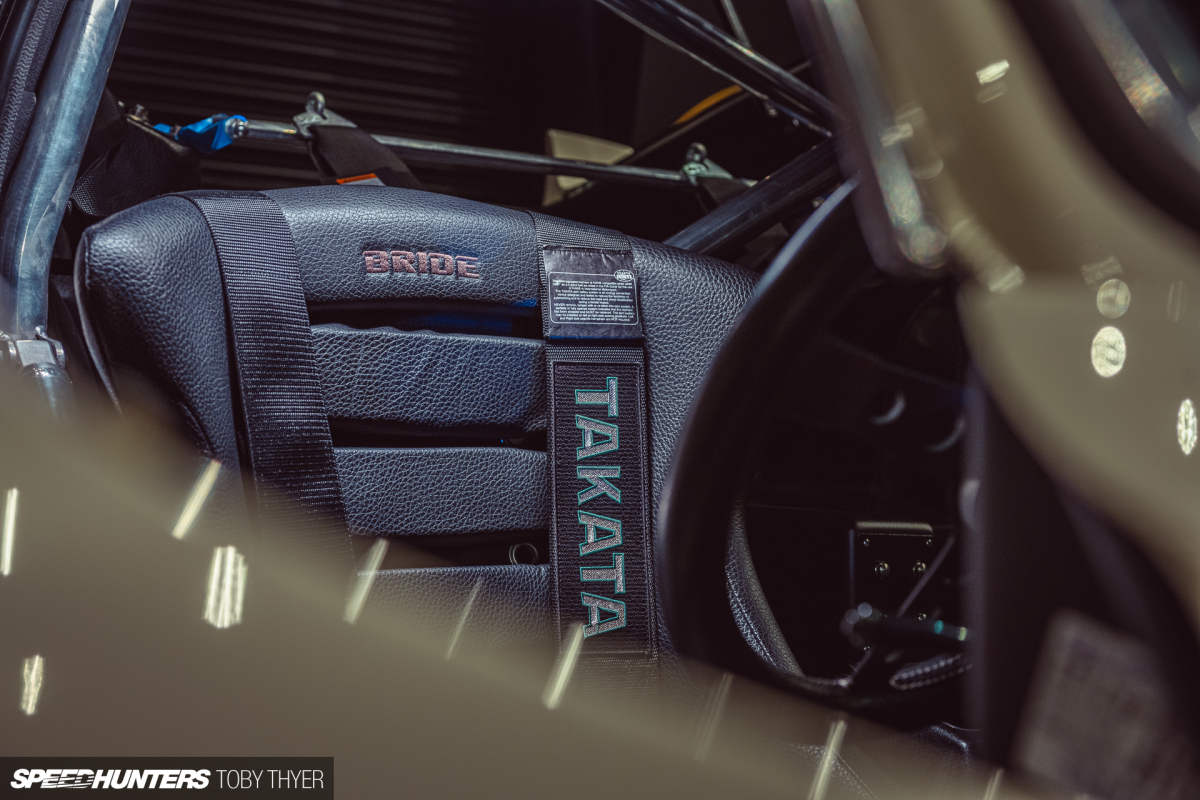
Looking inside the classic Nissan, a custom aluminium roll cage sits snuggly into some modified door cards, which is a nice touch. There’s a Bride Histrix driver’s seat with TAKATA Racing harness, a Momo Prototipo steering wheel and Stack meters to read speed, revs, fuel level, air/fuel ratio, and oil and water temps and pressures. Oh, and let’s not forget the old school Denon CD head unit either, or the retrofitted Vintage Air A/C.

Sakamoto-san’s Fairlady Z takes inspiration from cars and designs which span decades, yet it manages to maintain an air of class. It just goes to show that, if treated right, timeless design will always endure.
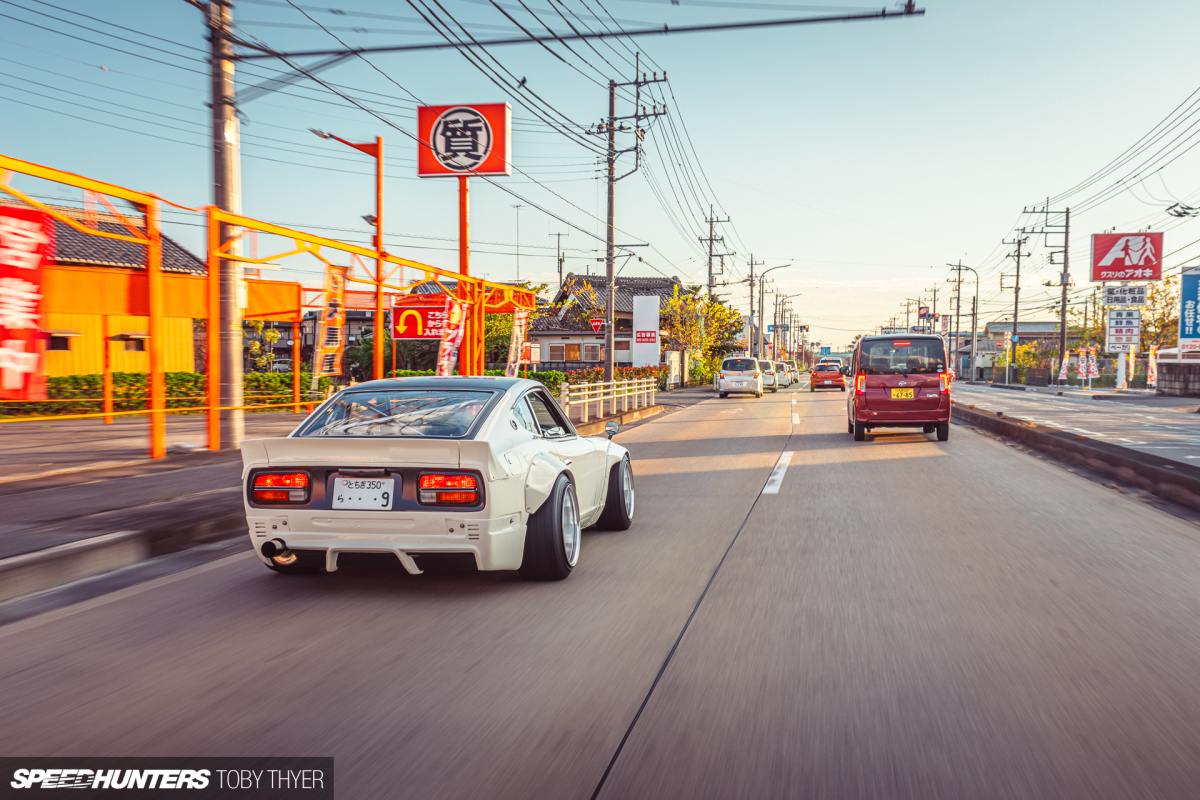
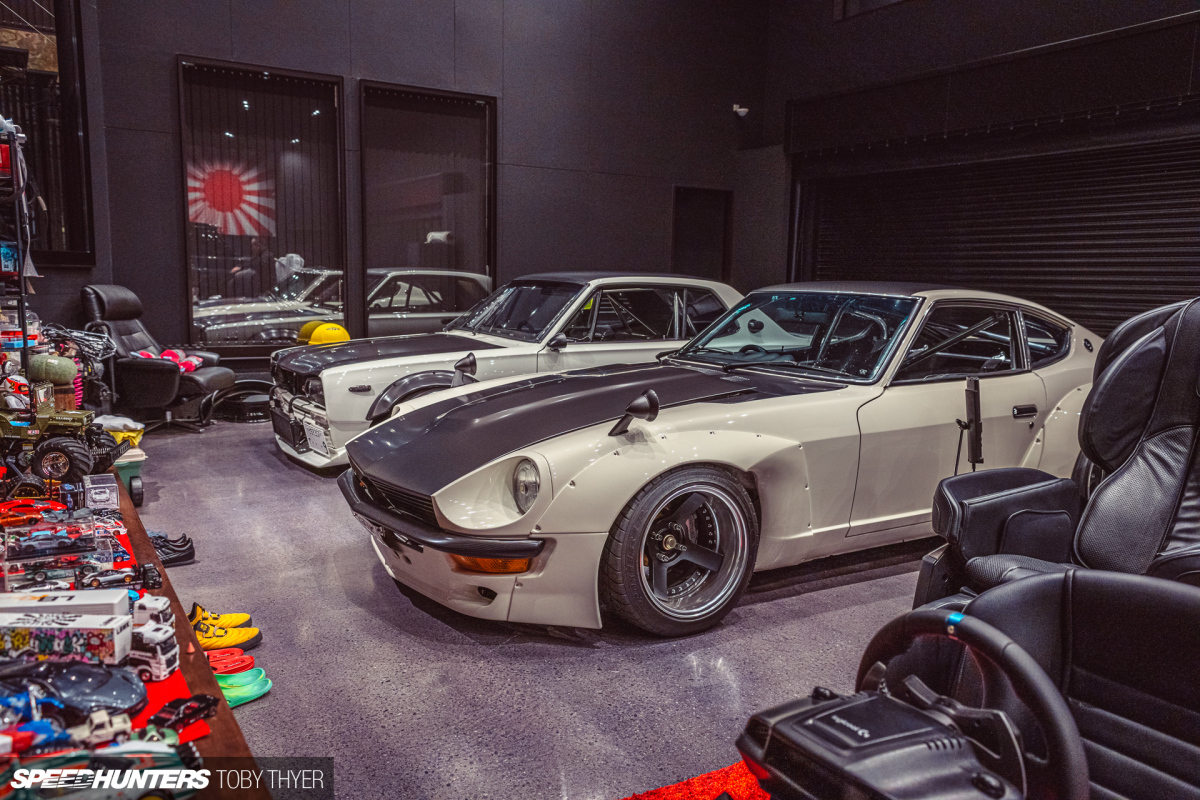
Stay tuned, because next up we’re going to look at another classic Nissan that Sakamoto-san has put under the knife.
Toby Thyer
Instagram _tobinsta_
tobythyer.co.uk
More stories from Japan on Speedhunters

